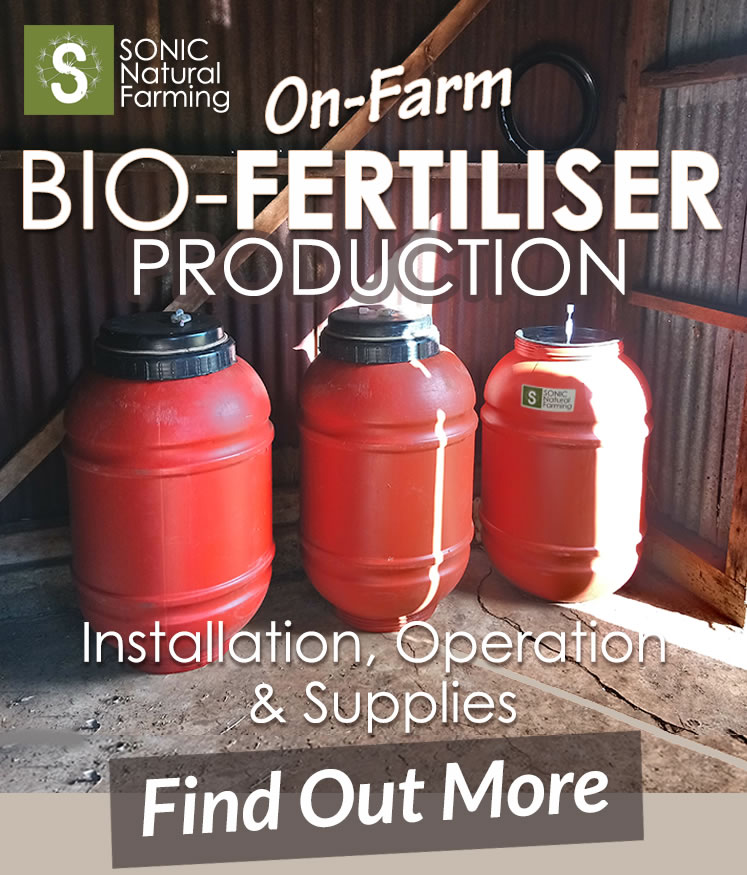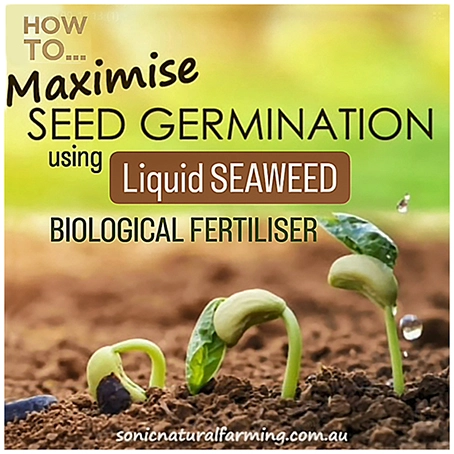When plants are exposed to periods of high heat stress, it can have detrimental effects on their growth and overall health. However, one effective management strategy to help plants recover from heat stress is to provide them with an abundance of energy in the form of sugars, oils, and sometimes proteins.
During heat stress, plants experience increased metabolic activity and energy consumption. This can lead to a breakdown of cellular components through catabolism, which further exacerbates the damage caused by heat stress.
This can result in the depletion of essential nutrients and damage to cellular structures.
By supplementing plants with a sufficient supply of sugars, oils, and proteins, we can provide them with the necessary resources to support their metabolic functions and aid in their recovery from heat stress.
In this article we will take a closer look at how these key nutrients can enhance plant resilience to heat stress and promote a fast recovery.
Indicators of Heat Stress in Plants
Wilting
One of the most common indicators of heat stress in plants is wilting. When exposed to excessive heat, plants may lose water faster than they can absorb it from the soil. This leads to a lack of turgidity in the leaves and stems, resulting in a drooping or wilted appearance.
Browning
Browning or yellowing is another indicator of heat stress in plants. High temperatures can cause cellular damage, particularly in the leaves. As a result, the affected areas may turn brown, yellow or develop necrotic spots.
Crisping
Crisping refers to the drying out and brittleness of plant tissues due to extreme heat exposure. The leaves may become crisp and fragile as moisture evaporates rapidly from their surfaces.
Mortality
In severe cases, heat stress can lead to plant death. Prolonged exposure to high temperatures can cause irreversible damage to vital plant structures such as root systems or vascular tissues. This ultimately results in plant mortality if not addressed promptly.
“Once the supply of available sugars and lipids has been used, plants begin consuming their own proteins as an energy source.” – John Kempf

Sugars: Energy for Plants
Sugars serve as a vital source of energy for plants, enabling them to carry out essential biological processes and help maintain cellular integrity. Certain plant sugars can be quickly metabolised to provide fuel for various physiological processes.
When plants undergo heat stress, or other adverse conditions, their ability to produce and utilise sugars may be compromised. In such cases, providing an additional source of sugars can aid in the plants’ recovery and overall health of the plant.
Top 3 Sugar Replenishers for Heat Stress in Plants
1. Seaweed
One effective method of supporting plant recovery is through the use of Liquid Seaweed Biological Fertiliser. These fertilisers are derived from seaweed kelp, rich in natural sugars such as sorbitol or mannitol, and other growth-promoting compounds.
By supplying plants with these bio-available sugars, Liquid Seaweed Fertiliser offers an organic and effective means of replenishing energy reserves within plants, promoting fast healing and improving plant health.
2. Molasses
Alongside, using Liquid Seaweed to assist heat stress in plants, is the humble molasses.
Molasses contains simple forms of carbohydrates like fructose and sucrose. Studies also show that applying dark-colored material, such as molasses, can help protect the microorganisms from UV.
High in calcium, magnesium, iron, potassium, and other micronutrients, molasses delivers these readily available nutrients and offers an excellent natural carbohydrate for plants.
When plants can easily access carbohydrates for energy, it means the plant does not have to expend so much energy producing its own carbohydrates through photosynthesis. Therefore, this can be an effective method to use during flowering and fruiting stages. Molasses is also an excellent food source for beneficial microorganisms found in soil.

Molasses contains simple forms of carbohydrates like fructose and sucrose. (Above image).
3. Humic Substances
Another highly effective amendment to assist with increasing sugar and energy for plants is Humic Substances.
Humic Substances are derived from the ancient remains of decomposed organic plant materials through a natural process called humification. These substances, generally referred to as humic acid, fulvic acid, and humin, have a high anion exchange capacity. Furthermore, they are resistant to biodegradation, which allows them to hold nutrients such as nitrogen and phosphorus in the soil, aiding in the prevention of mineral leaching. These unique Humic Substances help regulate enzymatic systems and defense metabolisms in response to environmental stress.
A combination of Biological Seaweed and Fish Fertiliser, and Molasses blended with Humic Substances has been studied in the field, and found to be a highly effective combination for the prevention and recovery of heat stress in plants.

Humic Substances are derived from ancient organic materials that have been decomposed through a natural process called humification. (Above image).
Healthy Plants Have the Ability to Cool Themselves
Oils: for Membrane Integrity
Heat stress can have detrimental effects on plant membrane integrity, leading to reduced photosynthesis, plant growth and productivity. However, some studies show that small amounts of certain natural oils, applied to the foliage, can play a key role in maintaining the integrity and stability of plant membranes, especially under high temperatures.
One such oil that has shown excellent results in heat stress plant recovery is Liquid Fish Hydrolysate. This cold processed product, derived from ocean fish, contains naturally occuring fish oils, essential fatty acids, vitamins, and minerals that are bio-available, and highly beneficial for plants.
By enhancing membrane integrity, these oils can improve the overall health and resilience of plants, enabling them to better withstand extreme temperatures.
Note, plants attaining fats, oils and lipids through a healthy functional microbial system, is by far superior and the most effective approach, however, incorporating oils, such as fish or vegetable oil, into agricultural practices can assist in the recovery and survival of plants exposed to high temperatures.

Natural fish oils on the surface of a Fish Hydrolysate Fertiliser fermentation. (Above image).
Proteins: for Plant Recovery
In some cases, providing additional proteins can also aid in plant recovery from heat stress. Proteins are essential for various cellular functions and play a critical role in repairing damaged tissues. By supplying extra proteins for plants during periods of high heat stress, we can support the plant’s ability to repair itself more efficiently.
When plants are exposed to heat stress, their cellular functions can be disrupted, leading to damage in tissues. Providing additional proteins can aid in the recovery process and help plants overcome the effects of heat stress.
Proteins are involved in processes such as cell division, enzyme production, and nutrient transport. By supplying plants with extra proteins, we can support these essential functions and enhance the plants’ ability to recover from heat stress.
One effective method of providing additional proteins to assist plant recovery from heat stress is through the use of Liquid Fish Hydrolysate. cold processed product is derived from fish waste and contains a rich blend of amino acids and peptides – the building blocks of proteins.
When applied to plants experiencing, or recovering from heat stress, Liquid Fish Hydrolysate can provide a readily available source of protein that supports tissue repair and overall plant recovery.
“Foliar applications of sugars and sometimes vegetable oils can produce a tremendous crop response.” – John Kempf

Find out how SONIC Natural Farming produce 100% natural Fish Hydrolysate Fertiliser from fish discards that would normally end up in landfill. Read more.
Providing plants with a healthy supply of sugars, oils, and proteins can be an effective management strategy to help them prepare and recover from the consequences of catabolism induced by high heat stress.
Although, there is no ‘one size fits all’, this approach, used alongside regenerative growing practices, can ensure that plants have sufficient energy resources to support vital physiological processes, and minimise damage caused by climatic stress.
SEAWEED FERTILISER FACT
Many seaweed fertiliser products today are manufactured using an extraction process. The extraction process generally uses an alkali extraction agent, such as potassium hydroxide. This process inevitably denatures a lot of the original compounds found in seaweed, which are known to have many beneficial uses for plants.
For example, seaweed has a compound called betaine osmoregulators. When applied to plants, in its original form, these osmoregulators make plants a lot more resilient to drought stress. It allows the plant cells to regulate water much better, and require less water, which enhances the plants’ tolerance to stress. Betaine osmoregulators are lost using an alkali extraction method.
Cold processing, or natural fermentation, retains all the original compounds of seaweed, in a bio-available state.
Additional Methods to Mitigate Plant Heat Stress
Other preventative measures commonly used to protect plants from heat stress include;
- providing shade or shelter for vulnerable plants during peak temperature periods
- optimising irrigation practices to ensure sufficient moisture levels in the soil
- implementing cooling techniques such as misting
- using ground covers like mulch materials and multi-species cover or pasture cropping.
By having preparation and recovery measures available to combat heat stress in plants, gardeners and farmers can help minimise the negative effects of high temperatures on their plants’ health and productivity.
Disclaimer:
The information provided in this article is for general informational purposes only and is not intended as professional advice. Each farming situation is unique, and we encourage farmers to assess their individual circumstances before making any decisions. The insights shared here are based on our direct experience and independent research. We have compiled this information to support and guide farmers exploring regenerative farming practices in Australia, but it is always advisable to seek advice tailored to your specific needs and conditions.
Want to see how we can help you beat the high cost of fertiliser?

















